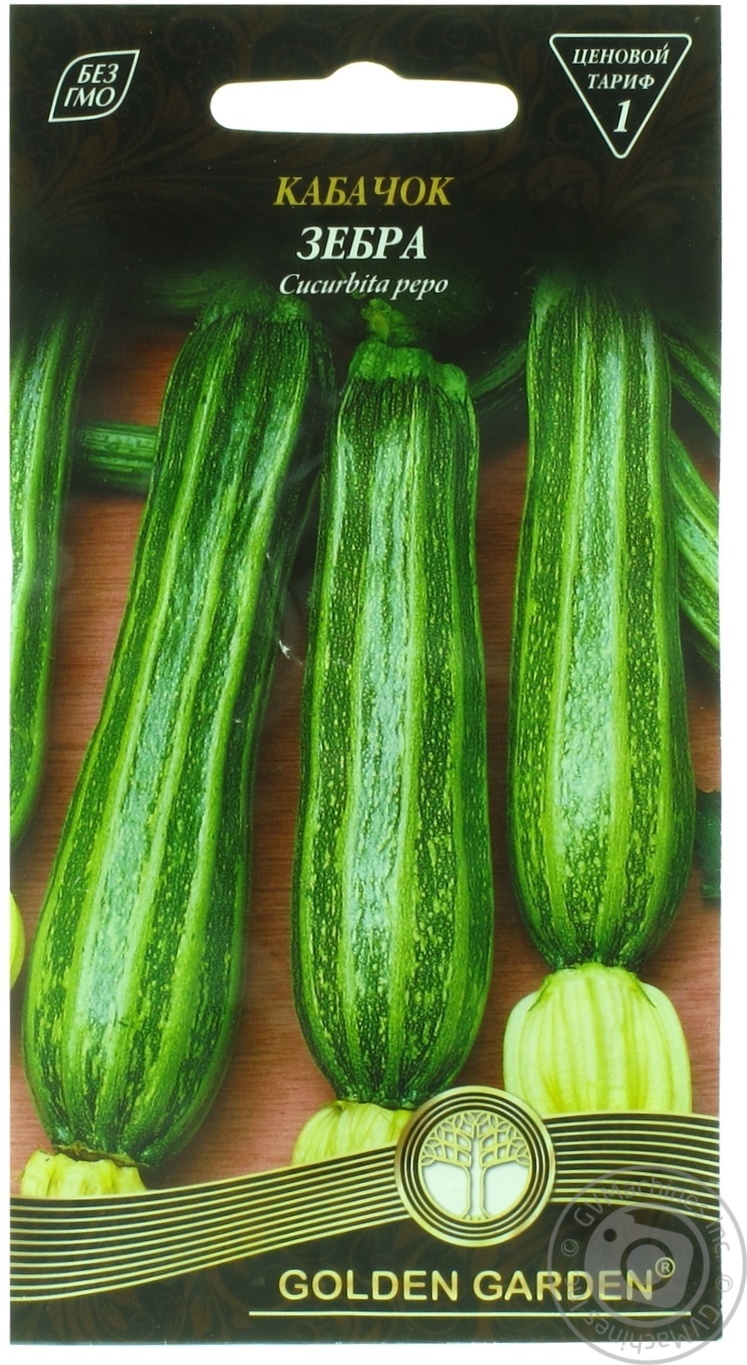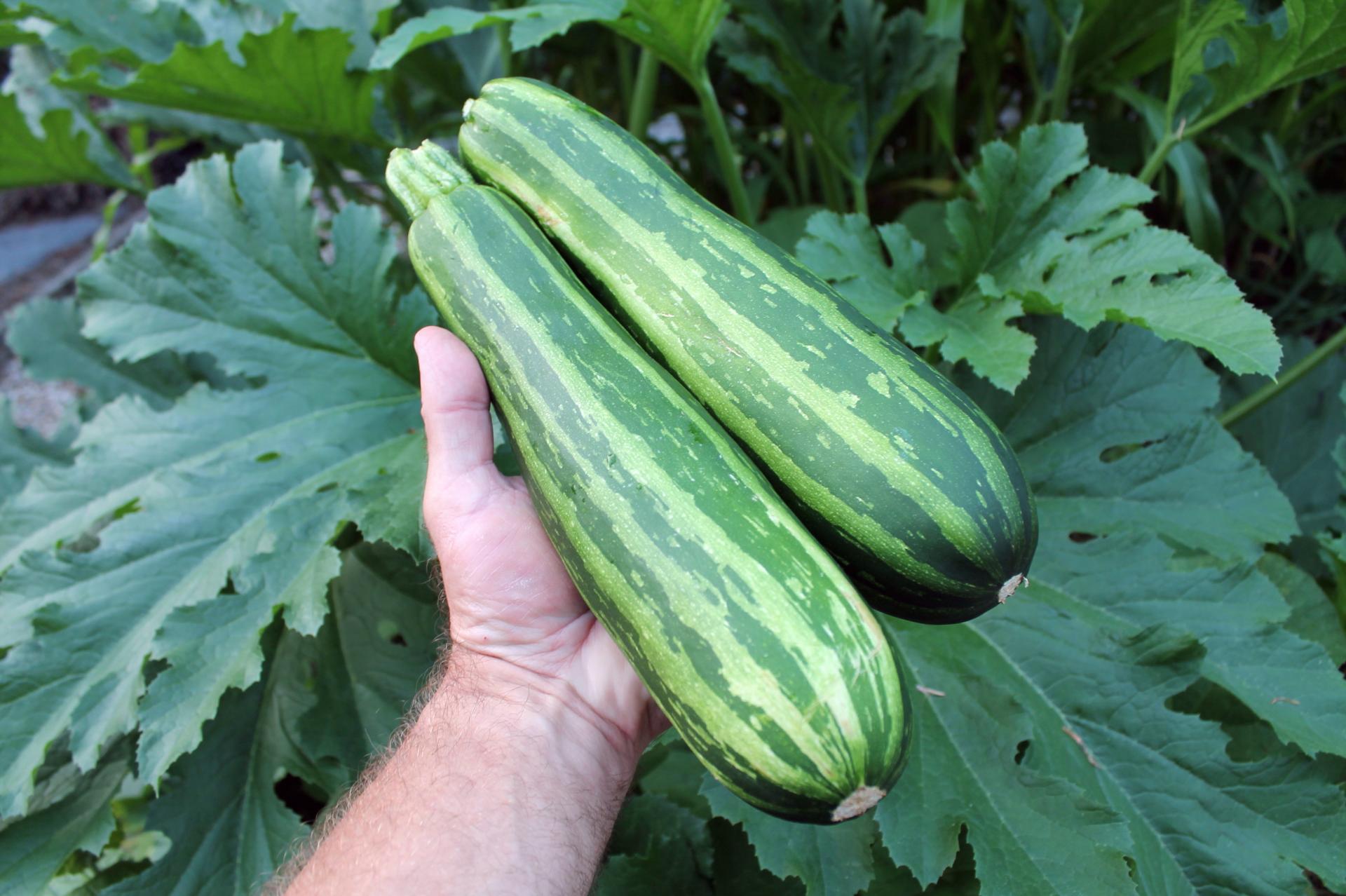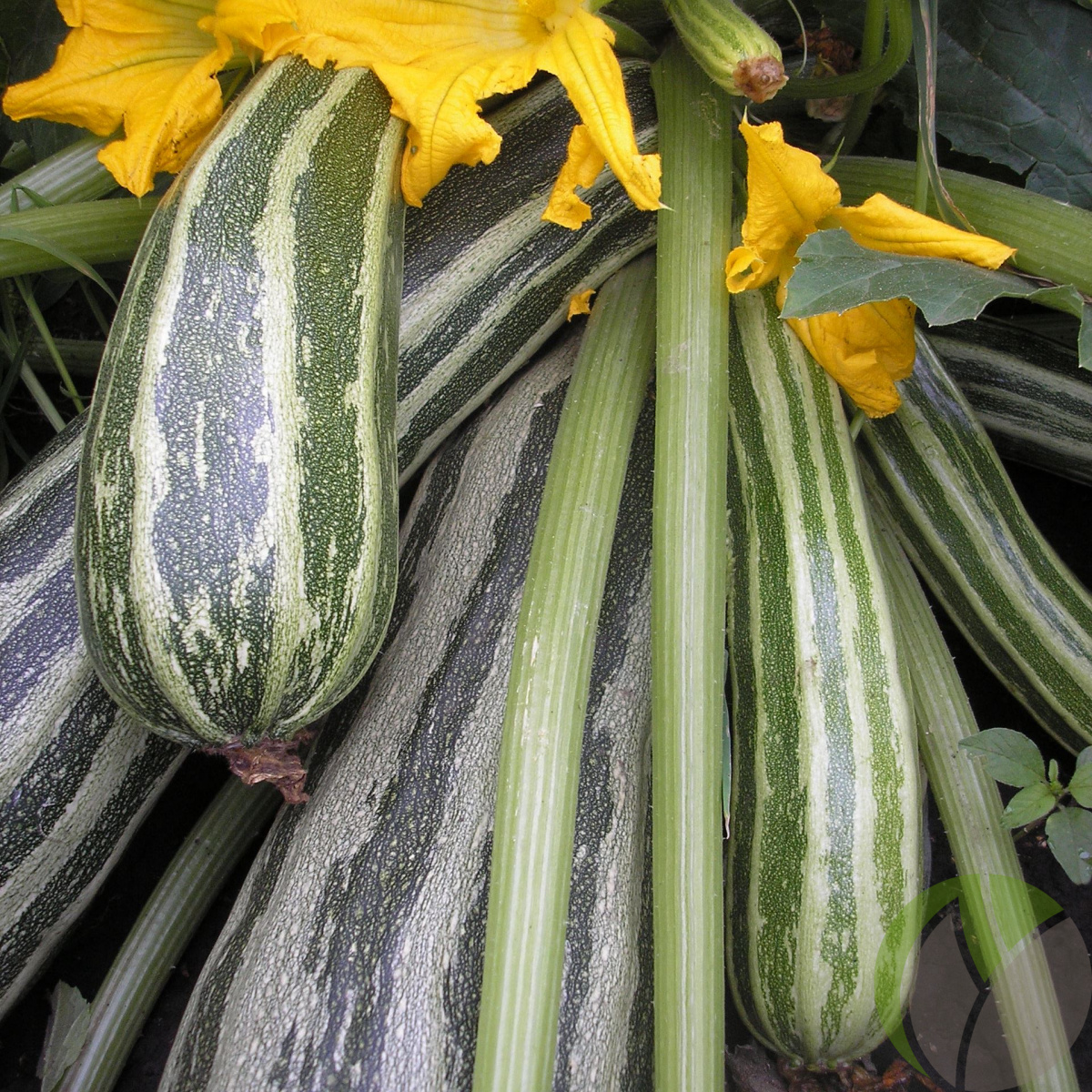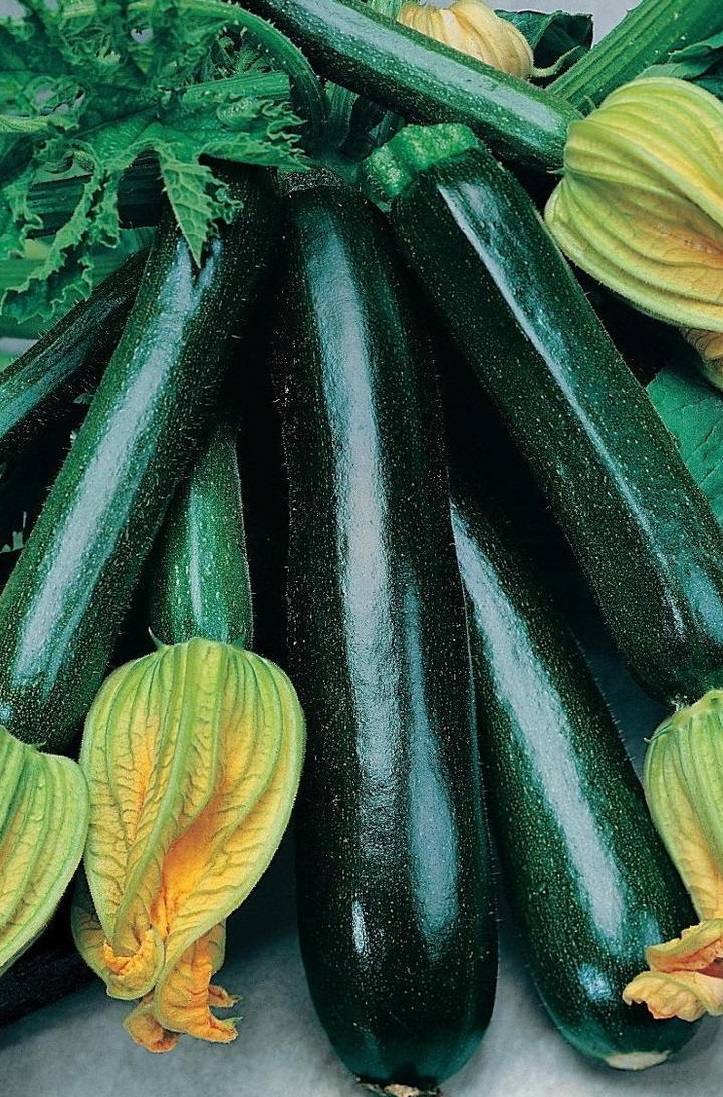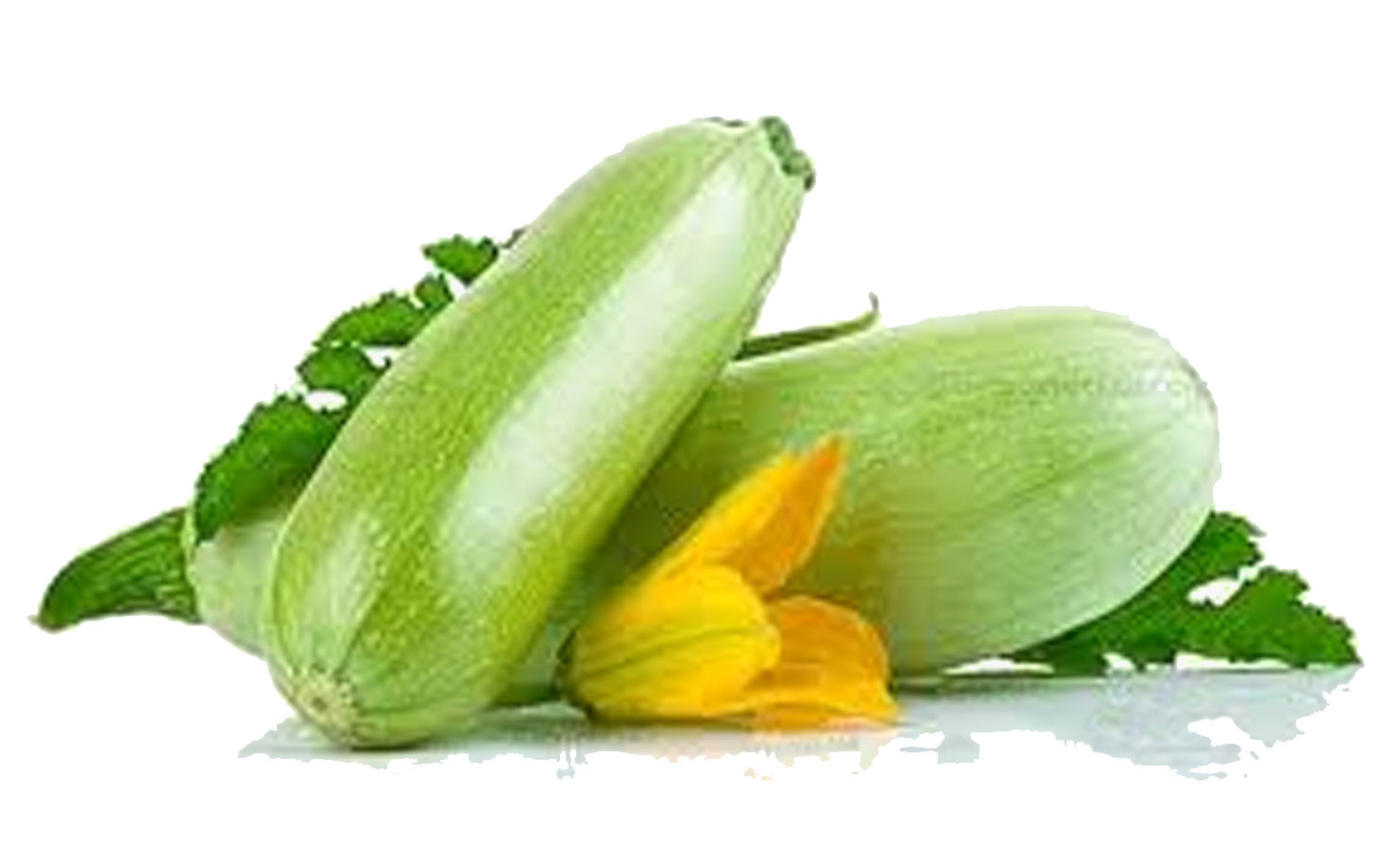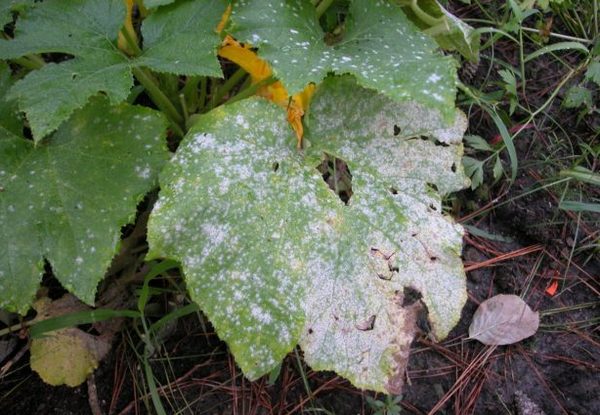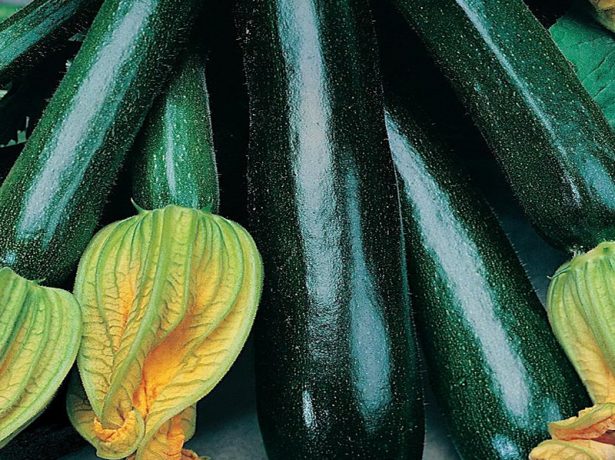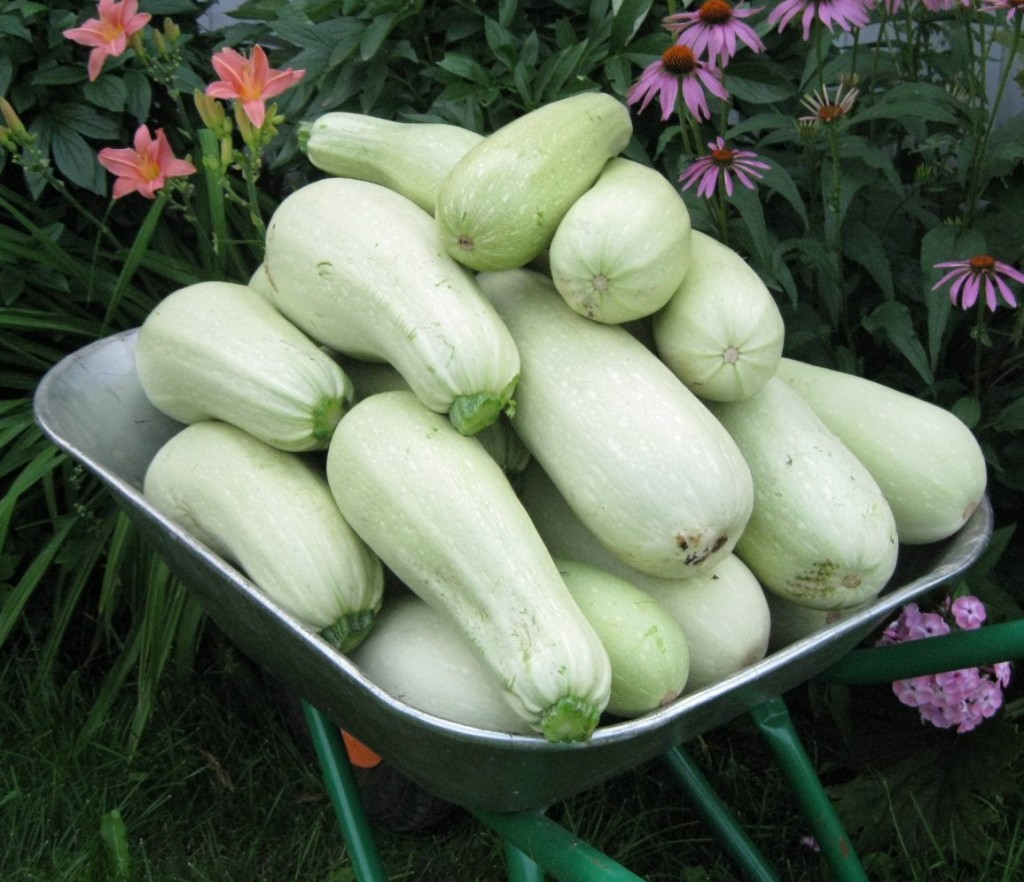Content:
Zucchini belongs to those types of vegetables that, when grown independently, do not require any special care. The fruits of this plant can be stored for a long period, and all the valuable properties of the nutritious product are preserved. Zebra zucchini is very popular among gardeners. Its description, growing methods and recommendations for caring for the vegetable will be given below.
Description of the variety of zucchini Zebra
The vegetable belongs to a group of plants with early ripening periods. The zucchini zucchini Zebra, the most popular among gardeners, has a ripening period of 35-47 days (from the first shoots to a full harvest). This varietal variety of vegetable differs from ordinary zucchini in its high early maturity, which allows you to eat the fruits a week after the ovary appears on the bushes.
You can grow zucchini outdoors in the southern regions of Russia. In the middle lane and northern regions, it is recommended to use greenhouses and tunnels for growing vegetables.
The height of the zucchini Zebra bush ranges from 1.1 to 1.2 m. The plant branches well, which makes it possible to effectively use the sown area.
The leaves of the plant are quite large in diameter (20-25 cm). They are lowered from top to bottom, heavily cut along the edges, often have various streaks and stripes on the surface.
Characteristics of Zebra fruits:
- The shape of a vegetable can be either oblong (up to 25 cm long) or spherical (10-15 cm in diameter).
- The skin is completely black to green with longitudinal white stripes. Some gardeners get yellow and gray-blue fruits.
- The pulp of zucchini is colored in white and yellow shades. It contains a lot of juice containing various vitamins and minerals.
In cooking, there are many recipes for using Zebra for making pancakes, jam, caviar.
Zucchini is an early vegetable, but it can be stored for a relatively long time as it does not lose its flavor and firmness. The yield of zucchini of the described type is from 10 to 15 kg of vegetables from each bush.
Technology of cultivation of zucchini Zebra
Growing a vegetable is done in two ways:
- Planting seeds directly into permanent beds. This method is used in the southern regions of Russia and the North Caucasus.
- Preparing seedlings from seeds.
In the first method, the seed is first prepared by germinating it on gauze or cotton wool.
After the roots have been thrown out on the cotton wool, you can start transplanting the sprouts to permanent beds.
To grow seedlings, it is recommended to prepare 500 ml plastic cups. Homemade or purchased soil is loaded into each glass, mineral fertilizers (superphosphate) are added to it, and then the seeds are sown to a depth of 15-20 mm. After 5 days, the first shoots appear. As soon as 1-2 leaves bloom on them, the seedlings are transferred to a permanent place.
It is necessary to properly distribute the seedlings over the entire area of the garden. If not germinated seeds are sown, holes are made in the ground for them with a depth of 20-30 mm, in which 2 seeds are placed. When planting already germinated seeds or sprouts, one seed is placed in each hole.
If the crop is grown on sandy soil, the bushes will lack magnesium. To eliminate this deficiency, they are fed with oxidized ammonium molybdenum (5 g per bucket of water).
Seedlings are taken care of until the full development of the bushes and the appearance of the first fruits on them. To get a good harvest, you need to feed young plants with fertilizers throughout the growing season. For top dressing, superphosphate, potassium nitrate, homemade manure infusions are used.
The first time feeding is given to seedlings when 3 leaves appear. To do this, use a solution of 40 g of superphosphate, 20 g of potash and 20 g of nitrate. All these components are diluted in 10 liters of warm water. For 10 bushes, 1 bucket of such feeding is enough.
The second time the bushes are fed during flowering. Instead of the described composition (enough for 5 bushes), you can use a mullein diluted in water in a ratio of 1 to 10.
For the prevention of diseases, the bushes are sprayed with a mixture of 1 tsp. boric acid and copper sulfate, 5 g of potassium permanganate, 10 g of urea diluted in 1 bucket of warm water.
The bushes must be shaped and trimmed in time. It is recommended to immediately remove all yellowed and soil-contaminated leaves, otherwise the plants will be threatened by fungal and viral infections.
To eliminate the danger from garden pests (spider mites, aphids, flies), the bushes are treated with special chemicals that are purchased in agricultural stores
Positive and negative features of the variety
A special feature of zucchini is the plant's ability to tolerate temperature drops that occur in spring. The plant is resistant to diseases such as root rot and powdery mildew.
The resulting crop can be transported to any distance, since the Zebra can withstand transportation without deforming the fruit.
The disadvantage of Zebra is the plant's tendency to develop anthracnose, which can lead to a loss of up to 25-40% of the crop. Seedlings with signs of this disease must be completely removed, and the remains of plants must be burned.
